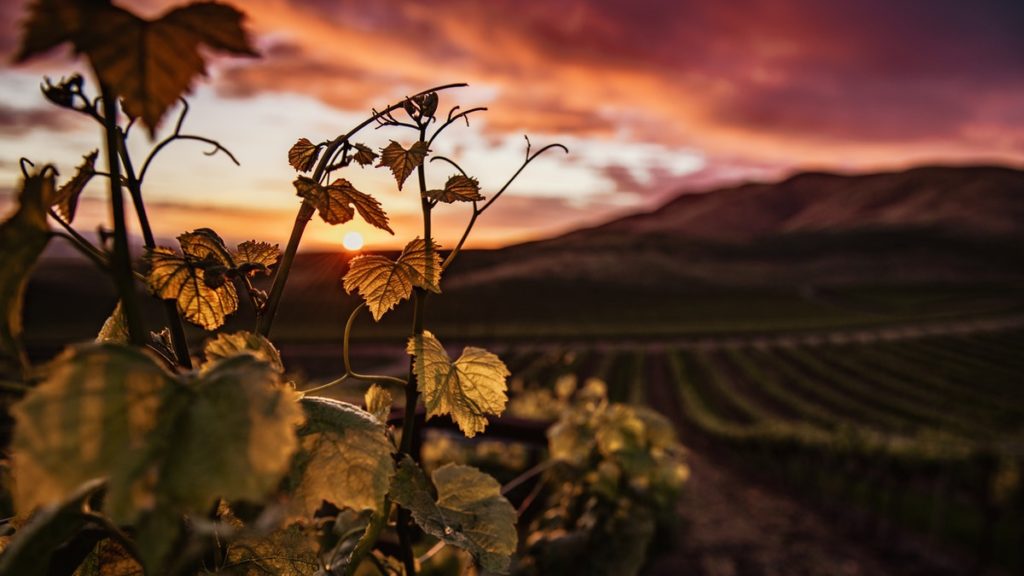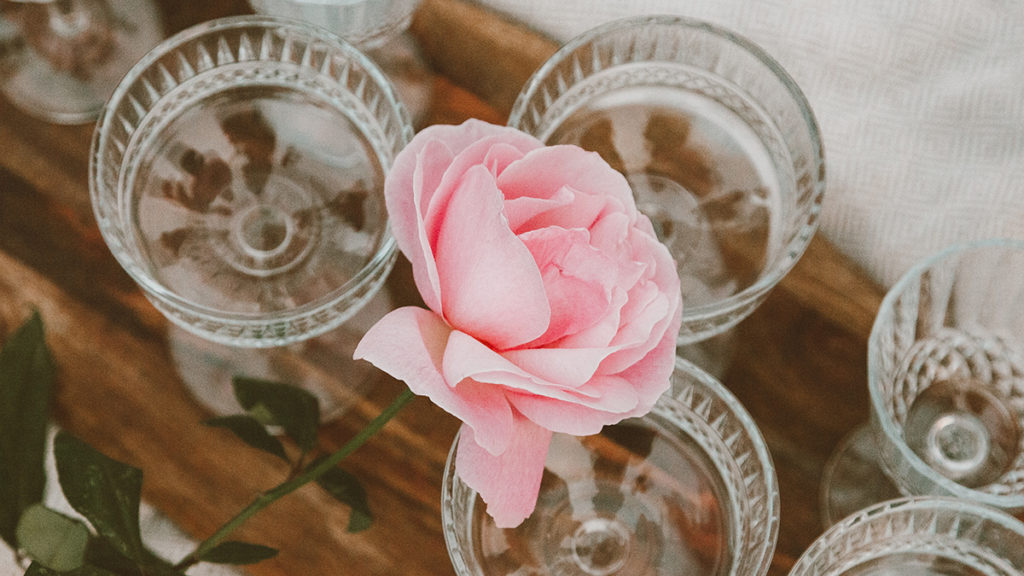Blending Roses with Rosé
One's a flower and the other's a type of wine, and their connection goes beyond their rosy color.
Jun 21, 2022
You say rose, I say rosé. One's a flower and the other's a type of wine, and their connection goes beyond their color — all the way back to ancient times and the first bottlings of delicious rosé wine.
Rosé got its start in Rome

In the sixth century A.D., the Phoenicians planted red and white grapes in modern-day Marseilles, France. They crushed them together, producing a pink wine with a pleasant color and refreshing flavor that people enjoyed throughout the Mediterranean. In fact, the Romans loved it so much that they traded it across their empire. Along with their armies, they brought grapevines to the areas they conquered, including Provence, France, where they cultivated and began to export their pink wines. From there, the term rosé, meaning “pink” in French, was born, and Provence became and has remained the epicenter of the best rosés in the world (though some folks in Southern Oregon might say otherwise…).
Modern-day winemaking
While the ancients made rosé by blending red and white grapes, modern rosé is created exclusively from red grapes using two standard methods. The first is the “skin contact” method, and it happens during the wine's maceration — the process during which the juice of grapes is left in contact with the skins and seeds so that a wine's color, as well as its tannins and flavors, are reflected in the juice. Whereas a red wine takes weeks to macerate, the “skin contact” method of rosé winemaking requires the grapes to macerate for just 12-24 hours, yielding a paler wine with lighter flavors and less tannin.

The second method, called saignée (French for “bleeding”), involves a winemaker pouring off some of the red wine juices early in the maceration process. This lighter juice then becomes rosé. This method is frowned upon in the wine world, however, as it is a by-product of the red winemaking process.
Enjoying roses in rosé
Floral notes are among the wide-ranging aromatics you'll discover in a glass of rosé. Provence's rosé wines boast distinctive flavors ranging from citrus, white flower, and bright lime zest to the deep-colored and dark berry flavors of rosé wines from its southerly Bandol area.
Rosé made from the red grapes grown in hot and sunny southern Italian regions like Sicily and Puglia offers up aromas of dried thyme, black cherry, and violets.

Europeans aren't the only ones who produce delicious rosé wine — we Americans make it, too! Harry & David's version of this varietal boasts bright fruit flavors, with notes of melon and strawberry.
And if it's roses you're looking for, try sipping the rosé wines made from the Nebbiolo grapes in the cool climate of the northern Piedmont region of Italy. They feature gorgeous flavors of cherries, aromas of roses, and the tang of rosehips (the tart part of the rose flower). Their light scents announce that spring is in the air — and in your glass.









